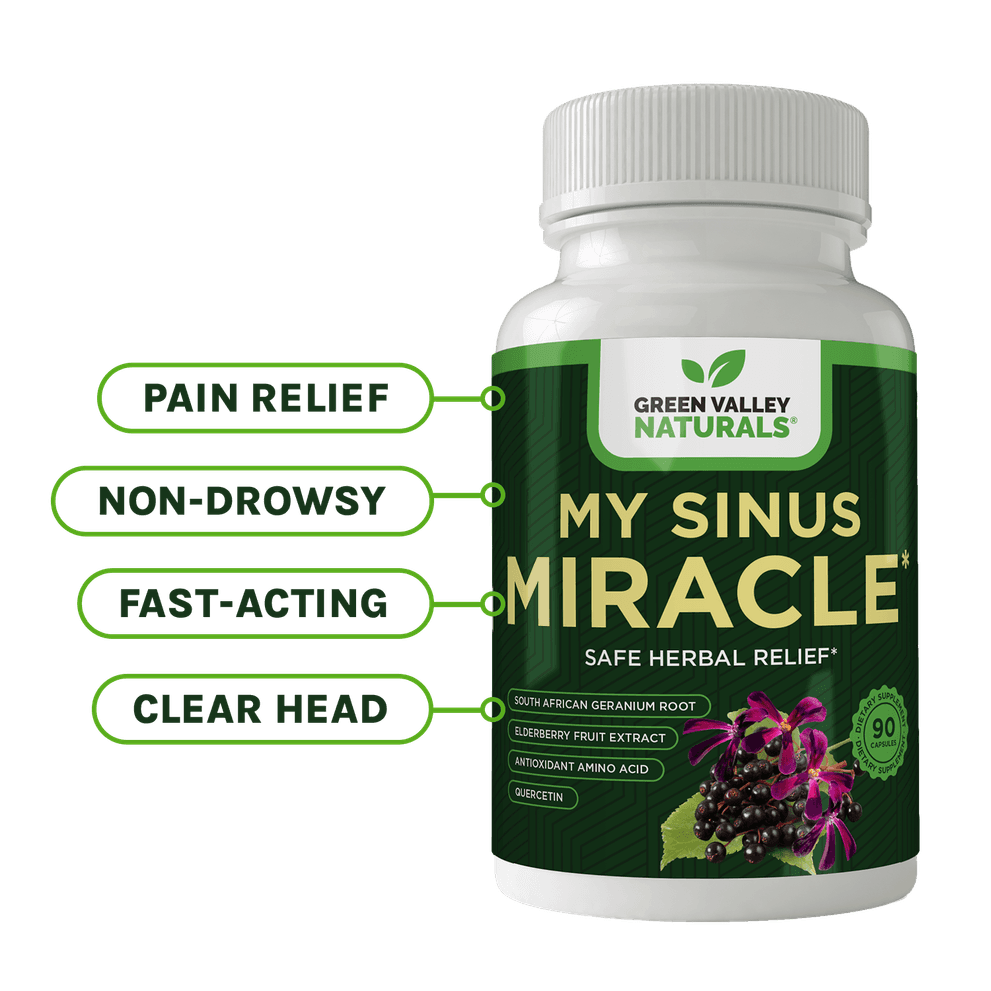
When your heart beats, it usually sets a fairly steady rhythm. But what you can’t readily notice when you take your pulse is that there are very small fluctuations in the time that passes between each beat.
Those fluctuations are minuscule – usually ranging between around 20 to 200 milliseconds – but research shows that the timing of those fluctuations, called Heart Rate Variability (HRV), reflect other things that are going on in your body. And, as a result, can help predict your longevity.
Your heart is wired into your nervous system. As your nervous system detects various physiological events going on in your other organs, it influences the heart’s rhythmic beat in continually changing patterns.
Studies show that the range of the tiny changes in the timing of each heartbeat can indicate important aspects of illness and other conditions. Plus, they can potentially predict your longevity.
Importantly, you can make changes to your lifestyle and daily habits that can improve your HRV and simultaneously boost your chances for healthier aging.
Allow me to explain…
The More Variability the Better
According to medical researchers, it is indisputable the higher your HRV, the better your health.
Having a higher variability to your heartbeat reflects the fact that your heart is responding well to changes in your body. It also means you have a lower chance of becoming frail and encountering serious difficulties in coping with daily life as you age.
A study at the Leiden University Medical Center in the Netherlands shows that people in their seventies and eighties who have both a faster pulse rate and a lower HRV are at greater risk for heart disease, have a poorer ability to carry on the activities of daily living and face a greater chance of further declines in their health.1
In this study, the scientists analyzed data on more than five thousand people aged 70 to 82 living in Ireland, the Netherlands and Scotland. At the beginning of the three-year study, they recorded how well these people were performing simple tasks like grooming and walking as well as more complex activities such as shopping and taking medications properly.
At the end of the three years, they discovered that people having a high pulse rate and/or low HRV had a higher risk of running into problems dealing with these everyday tasks.
These results align with other research that has linked having a low HRV to reproductive problems in women, an increased risk of suffering an epileptic seizure, serious heart problems and severe fatigue.2,3,4
You Can Improve Your HRV
Although devices for consumers that measure HRV are available, many experts argue that they’re not too accurate. But even if you don’t know your HRV, taking steps to ensure you have a healthy, higher HRV is not complicated, and it’s a good idea for everyone.
These steps include:
- Avoid drinking alcohol or limit your drinking: Research (done with men) shows that although one glass of wine doesn’t seem to affect HRV, two glasses can decrease it by up to 33 percent. And the negative impact can last for days.5
- Get some exercise: As you probably know, exercise in general improves heart health in many ways. A study in Brazil on men aged 40 to 60 found that walking 45 minutes three times a week for four months can significantly improve HRV.6
- Drink plenty of water: You don’t have to overdo your water consumption, but you should always avoid being dehydrated. Studies show a lack of water lowers HRV.7
- Get sufficient sleep: You should probably sleep from seven to eight hours per night. Sleeping less than that has been demonstrated to lower HRV.8
- Eat more fish and get more omega-3 fats: A study at Harvard indicates that people who eat the most fish and get more omega-3 fatty acids have healthier HRVs.9 The Harvard scientists conclude that a healthier HRV probably lowers your risk of dying from heart disease, too.
These types of healthy lifestyle habits are things that many of us are doing already.
Plus, along with these measures, research shows that keeping your stress under control and performing meditative breathing exercises is also linked to higher HRV and possibly extended life expectancy. And remember, as one researcher notes, “a healthy heart is not a metronome.” It’s a living organ with a holistic connection to everything that’s happening in your body.
How to Measure Your HRV
Traditionally, an electrocardiogram machine (also called an EKG) is used in a medical setting to detect heart rate variability. This device measures the electrical activity of your heart using sensors attached to the skin of your chest. It is highly accurate.
Fortunately, technology has brought us easier ways to measure HRV that you can use at home. For instance, you can use wearable heartrate measurement detection devices from smart watches and rings to fitness bracelets and at-home heart rate monitors. While some of these devices can be expensive, if you’re using an at-home heart rate monitor there are several applications for use on IOS and Android phones that will allow you to measure, track and even help improve your HRV. Given the importance of HRV to your health and longevity, I’d say they’re worth checking out.

